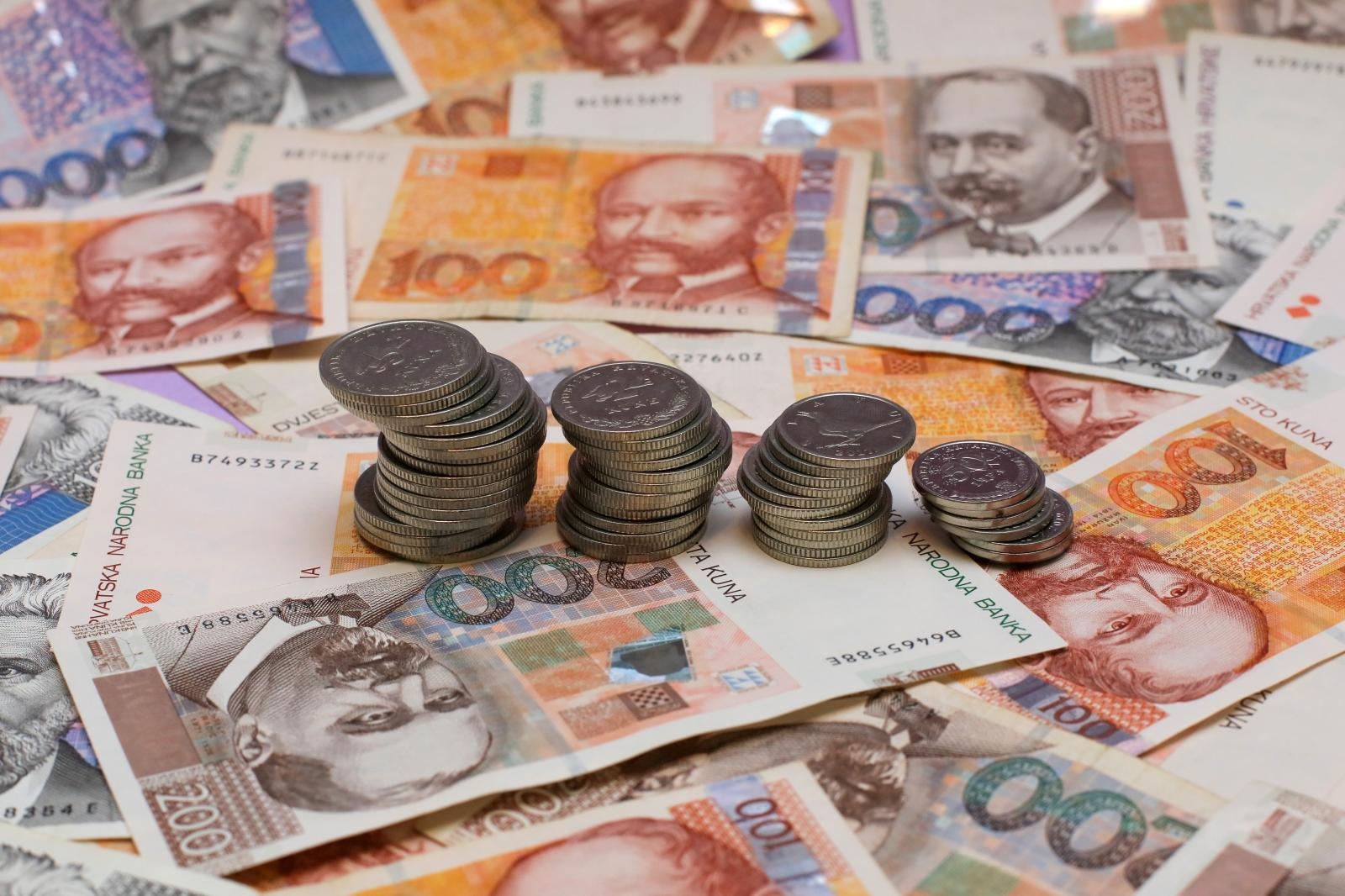
Total household loans in Croatia reached 137.5 billion kuna (€18.3 billion) at the end of April 2021, increasing by 3.6 billion kuna (€480 million) from April 2020, state agency Hina reported, citing Raiffeisen Bank (RBA) newsletter, which in turn cited data released by the central bank HNB.
The annual nominal household loan growth rate was 2.7 percent, picking up from 1.6 percent in March 2021.
The share of kuna-denominated loans in total loans was 55 percent, and the nominal amount of loans was affected by the euro-kuna exchange rate, which was 0.4 percent lower on an annual level and 0.1 percent lower on a monthly level.
Compared with December 2020, household credit claims in April 2021 increased by 1 percent or 1.35 billion kuna (€180 million) as a result of a rise in the nominal value of housing loans and the impact of housing subsidy schemes on them.
Housing loans accounted for 46.4 percent of total household loans, reaching 63.8 billion (€8.5 billion), up by 1.61 billion (€214 million) from the end of 2020. The annual growth rate picked up from 8.3 percent in March to 9 percent in April.
On the other hand, general-purpose cash loans, despite a slight monthly rise of 0.2 percent to 52.5 billion (€7 billion), were 1.4 percent lower than in April 2020, while increasing by 0.5 percent compared with the end of 2020.
RBA analysts expect that the rise in household loans will continue this year on the back of subsidised housing loans and the need for funding for the reconstruction of housing damaged in last year's earthquakes.
With the easing of Covid-19 restrictions and the acceleration of economic activity, there will be an increase in demand for cash loans, but this year it will be more modest than two-digit growth rates seen between mid-2018 and the outbreak of the coronavirus pandemic, RBA said.
(€1 = 7.49 kuna)
Kakvo je tvoje mišljenje o ovome?
Pridruži se raspravi ili pročitaj komentare



 Srbija
Srbija
 Bosna i Hercegovina
Bosna i Hercegovina
 Slovenija
Slovenija







